The caves with undulating heights and depths are truly spectacular; the exquisitely crafted statues are vivid and lifelike; the colorful and dazzling murals. For a thousand years, time has silently passed over this desert, proclaiming to the world the former prosperity and bustle of this place. Among them, murals are the most widespread and deeply ingrained art in Dunhuang.
Dunhuang, known as the "Great Gallery in the Desert," has 735 caves, more than 2,400 colored sculptures, and over 45,000 square meters of murals. These precious works of human civilization include portraits of Buddha, stories of Buddha's life, myths and legends, Buddhist historical events, and Buddhist scriptures. Despite enduring wind and frost, these brightly colored murals still radiate their brilliance.
To appreciate the beauty of Dunhuang, one must learn to understand the rich world within the murals. The following introductory guide to Dunhuang murals from "Art Culture China" will present the most beautiful side of Dunhuang to you.
Costumes in Dunhuang Murals
In the Dunhuang murals, there is a group of people who believe in Buddhism and funded the excavation of the caves. They not only funded the painting of Buddhist themes but also depicted their own popular ideas and life portraits in the caves. These people are the patrons (Gong Yang Ren, 供养人).
They may have realized early on that they would be models for dressing in the future, so in addition to their devout faith, they made great achievements in the study of clothing. They took wearing true colors as their criterion and played with the trend in their palms, creating two secrets of color matching.
The first is to use similar colors or shades to create a transformation effect. For example, the mural in Cave 98 of the Mogao Grottoes, the two women wear long skirts and deep red sleeves with black accents, and the overall similar colors complement each other to express elegance in a soft way.
The second is the matching of contrasting colors, especially red and blue. In the portrait of the female patron in Cave 9 of the Mogao Grottoes, the three noble ladies are dressed in gorgeous clothing with cloud buns, flower hairpins, and embroidered silk robes, showing extraordinary style, while the other five maids are smaller in size, dressed simply without patterns or inscriptions, standing in the corner. The obvious difference in status and identity creates a shocking effect, conveying the message of hierarchy and status without words.
Obviously, studying color matching alone is not enough to establish a foothold in the ancient fashion. People at that time have taken a different approach and created a brand new style of "The combination of Hu and Han costumes". First of all, the Hu people followed the trend of Han costumes, which not only spread widely among the common people, but also received the love of the upper class in Dunhuang and the favor of the rulers who vigorously promoted sinicization.
The formal official costumes worn to court all imitated the Han costumes, with a curved collar and wide sleeves. The costumes worn by the nobles and elders often included a Hehuan hat and a wide-sleeved robe, with a belt at the waist, reflecting a free and extraordinary style. Women's clothing also imitated the wealthy women in Jiangnan, with Quju wrapped around the body and a fluttering skirt hem.
At the same time, the Han people also followed the fashion of Hu clothing. From officials to common people, they all wore Ku Zhe (袴褶) as their regular clothing. They wore Long crowns (笼冠) on their heads, tied Diejie belts around their waists, and wore boots on their feet. Such clothing made it much more convenient to go out.
Food in Dunhuang Murals
Dunhuang, situated in the Golden Zone, attracts a continuous stream of merchants and travelers who bring with them a diverse array of culinary customs and cuisine. These bustling scenes, full of firework-like excitement, can be seen throughout the Dunhuang murals.
Unlike the vast and barren desert of today, ancient Dunhuang was an oasis formed by the floodwaters of the ancient Di Zhi river (now the Dang River) that flowed down from the southern mountains. After being developed during the Western Han, Eastern Han, Wei, and Jin dynasties, it became an important food production base. Grains, beans, and dairy products were abundant, and even vegetables and fruits imported from abroad were readily available.
Noodles have been a beloved staple of Northwestern Chinese cuisine since ancient times. However, carrying a large bowl of wide noodles on the road can certainly detract from their flavor. After several comparisons, the flatbread emerged as the preferred choice among many other staple foods due to its ease of preservation, portability, and the ability to add ingredients according to personal taste.
In Mogao Grottoes Cave 159, there is a vivid depiction of two people standing next to a round table with well-prepared dough, making flatbread. The people of Dunhuang were so passionate about flatbreads that they invented at least 26 different kinds and strongly changed their eating habits from eating millet and sorghum.
When it comes to Northwestern Chinese cuisine, delicious and succulent beef and lamb cannot be missed. In Dunhuang, where animal husbandry thrived, these high-quality meats never ran out of stock. Scenes of "meat shops" can be seen in Mogao Grottoes Caves 61, 85, 156, and more.
Unlike today's marketing methods for meat shops, at that time, it was popular to kill and sell the meat on the spot, with no middlemen to earn a profit. If one grew tired of beef, they could switch to lamb, pork, or camel meat. If boiled meat became tiresome, they could switch to roasted or hand-grabbed meat, in short, a new way to eat meat was unlocked every day at that time.
The people of Dunhuang were hospitable and always had a drink to offer. When envoys visited, they would offer a drink, and when friends gathered, they would offer a drink. During these occasions, there was always dancing and music, making it a lively and festive atmosphere. One should drink to their heart's content, for drinking is an essential part of the Dunhuang experience.
In addition to having a good tolerance for alcohol, the quality of the wine was also essential. Winemaking using grapes is a Dunhuang tradition. Although it is rare on the mainland, it is a variety of wine that the people of Dunhuang frequently drink. To specialize in production, there were dedicated brewery workshop.
In Yulin Caves 3, there is a winemaking mural that shows a stove with four layers of square and trapezoidal utensils of varying sizes stacked on top of each other, with a chimney on top. One woman is half kneeling in front of the stove, adding firewood to the furnace, while another woman stands next to it with a bowl. On the ground, there are wine jugs, tall cups, wooden barrels, and wine storage tanks.
Architecture in Dunhuang Murals
If someone were time travel to ancient, living in Dunhuang would allow to witness the magnificence of the world. A large number of ancient architectures are presented in the Dunhuang murals, such as palaces, arches, as well as prisons, tombs, bridges, and more. Dunhuang's residential buildings included not only the palace chambers of the wealthy but also the courtyards and thatched cottages of ordinary people.
However, in an era of constant warfare, the residents of Dunhuang were keenly aware of the risk of losing their homes. Thus, they firmly believed in the concept of a small house but a sturdy one is best. The most common type of building depicted in the Dunhuang murals is "Cheng (城, city)".
For example, in the 257th cave of the Northern Wei Mogao Grottoes, shows a courtyard surrounded by city walls on three sides, with a gate tower on one side, a hall in the courtyard, a four-story lookout tower behind the hall, a garden behind the tower. The walls of the mansion have protruding buttresses and platforms that are higher than the city walls, demonstrating the defensive function of the city walls.
This typical architectural feature was also the image of Dunhuang's Wu Bao (坞堡) during the Wei, Jin, Southern and Northern Dynasties. Like modern Chinese people who attach great importance to Feng Shui, the people of Dunhuang attached great importance to building houses and had a firm custom of believing that "a small home with many livestock", meant more crops and more people to support.
In addition, Dunhuang's religious color was very strong, and the appearance of Buddhist temples and pagodas added a new color to this city on the basis of advancement. Since Buddhist culture was directly derived from the Western Regions, there were images with Western-style architectural features.
The pagoda is an important element of Buddhist culture, and those who believe in Buddhism will certainly not neglect the construction of pagodas. In the early Dunhuang murals, the pagodas retained a strong exotic flavor. Later, with the constant influence of Han culture, tower-style and pavilion-style pagodas emerged.
Especially during the prosperous era of the Sui and Tang dynasties, people lived in abundance and did not forget to thank Buddha for their protection, thus building even more magnificent and tall pagodas.
The former Dunhuang has undergone, having been altered by wind and sand. However, the cultural art created by the people of Dunhuang will never be extinguished. The Dunhuang murals are representative of Buddhist culture and are also witnesses to the daily life of the people of Dunhuang. Each brushstroke is a vivid storyteller of history.
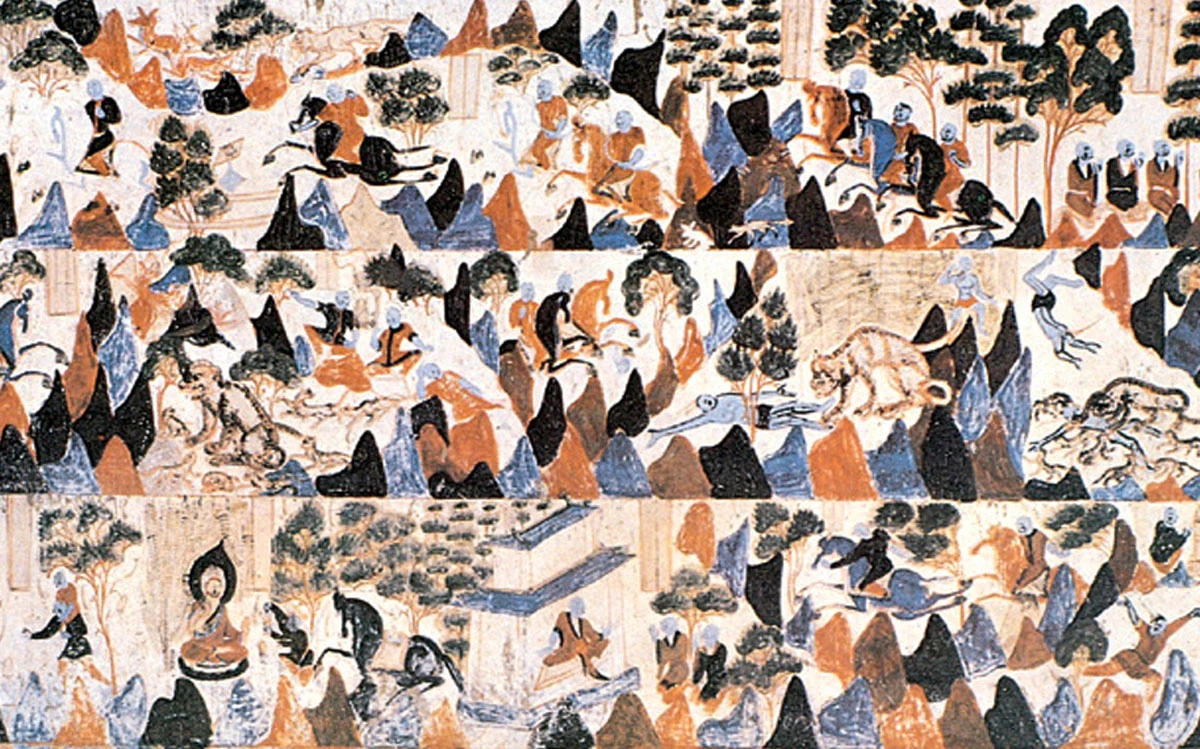
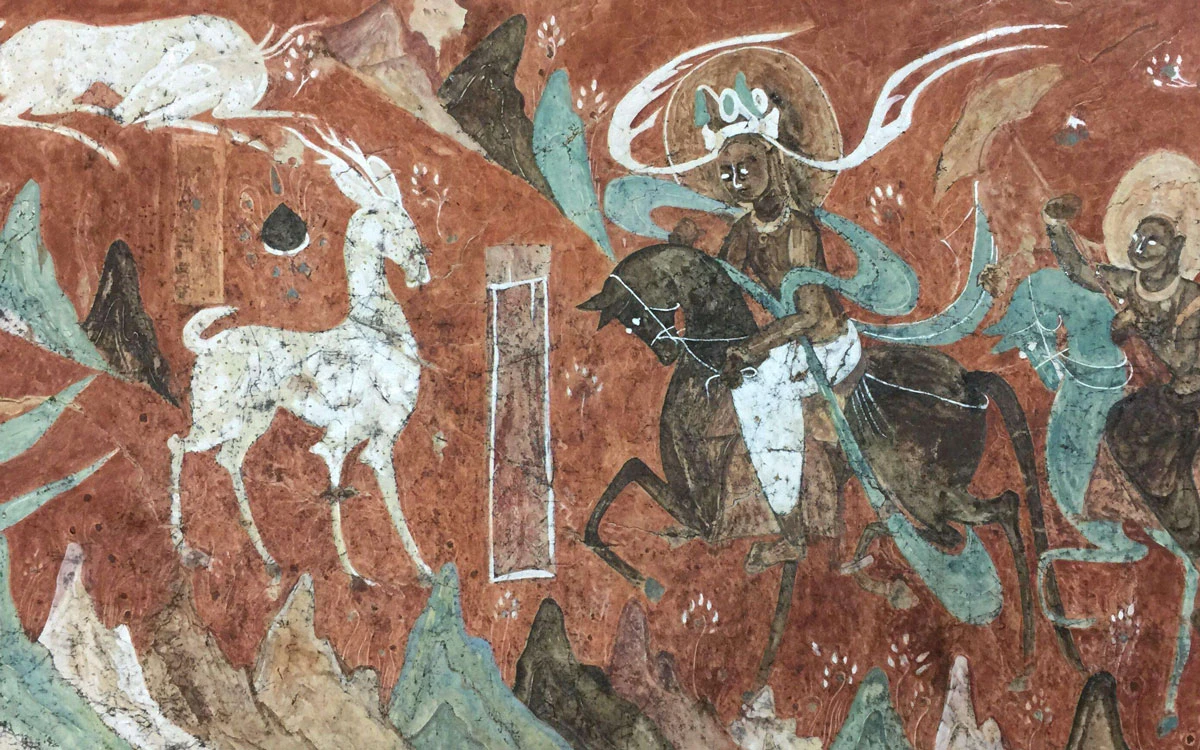
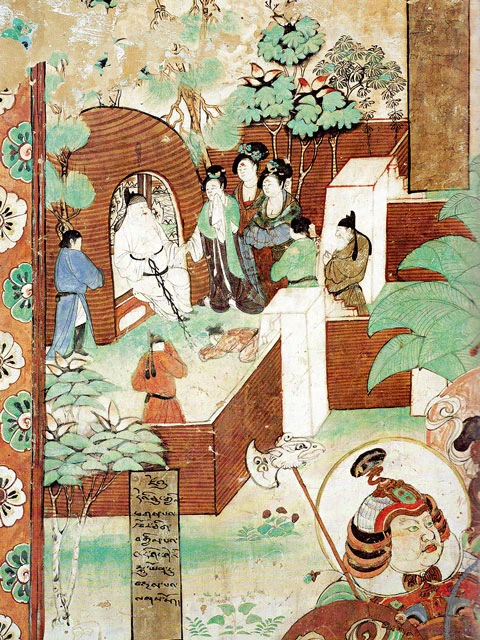
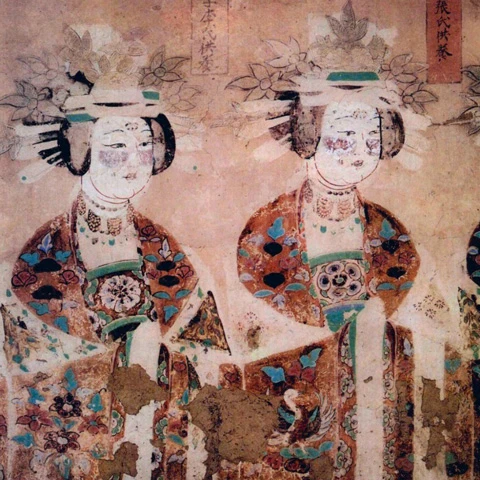

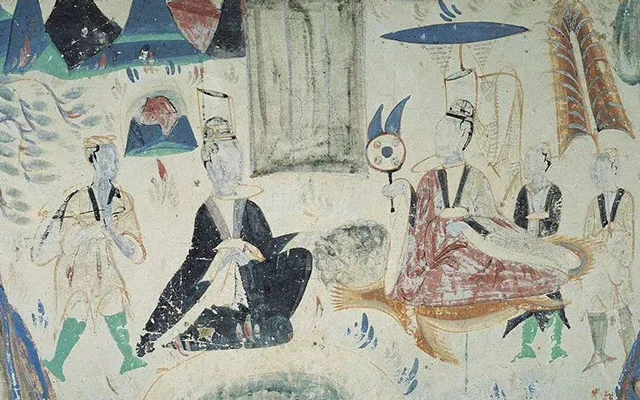
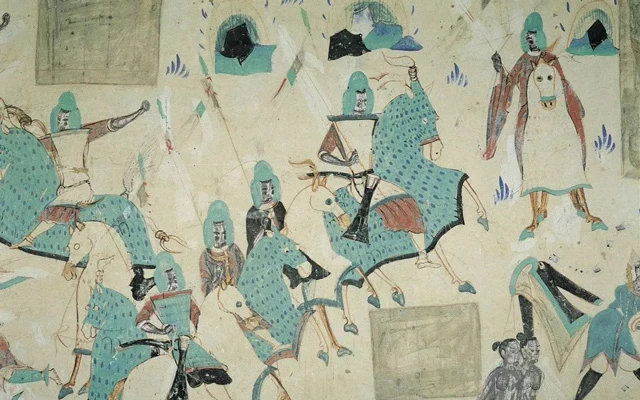
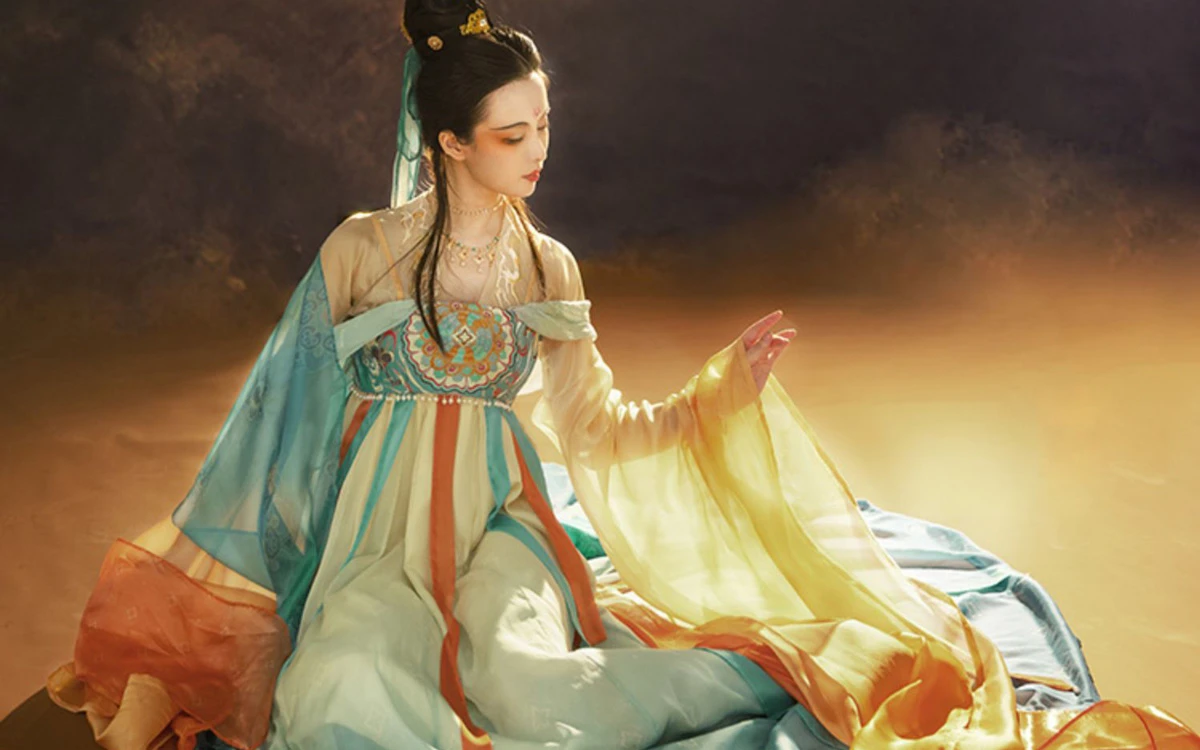
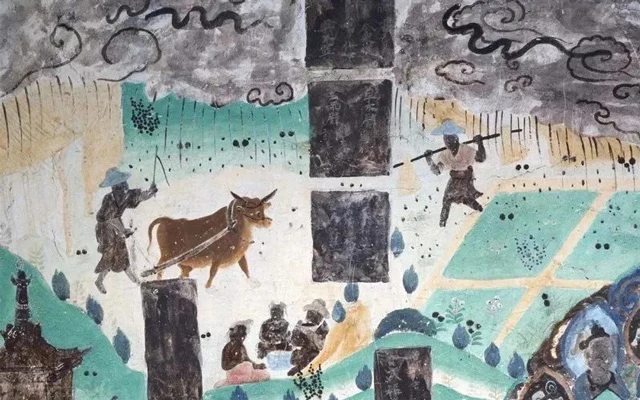
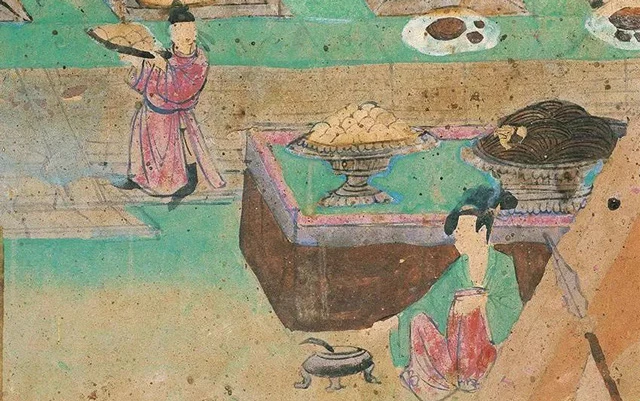

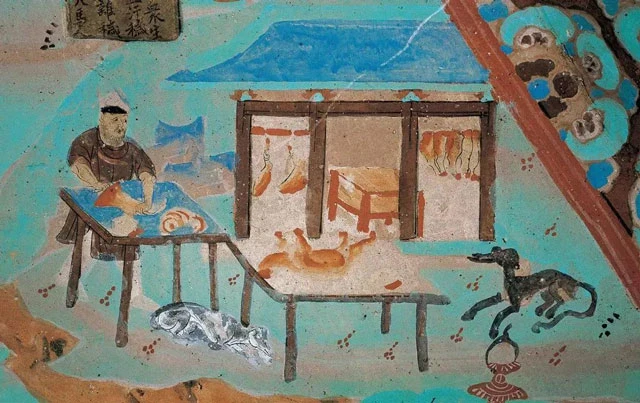
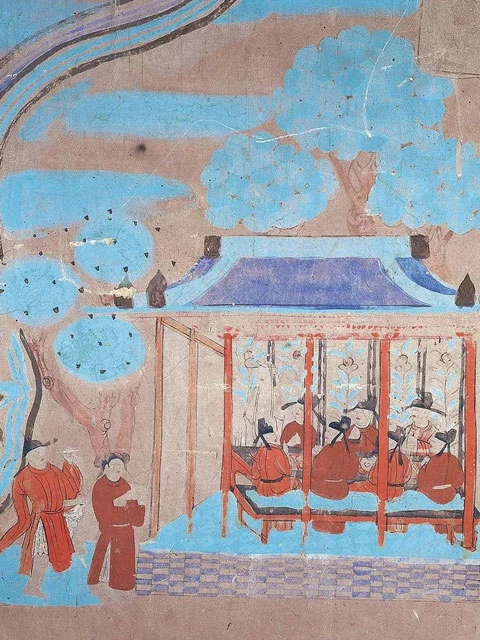
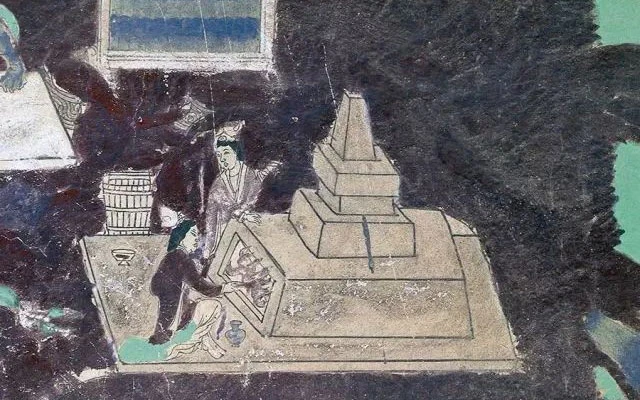
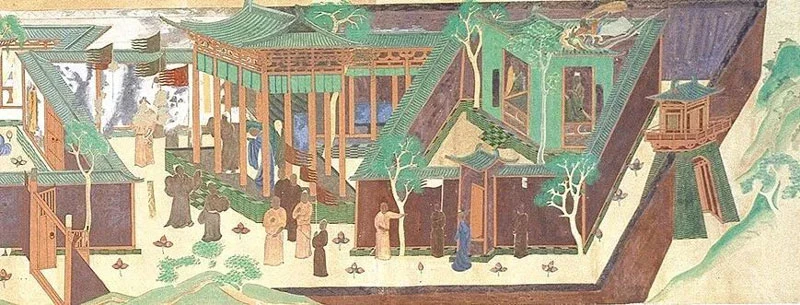
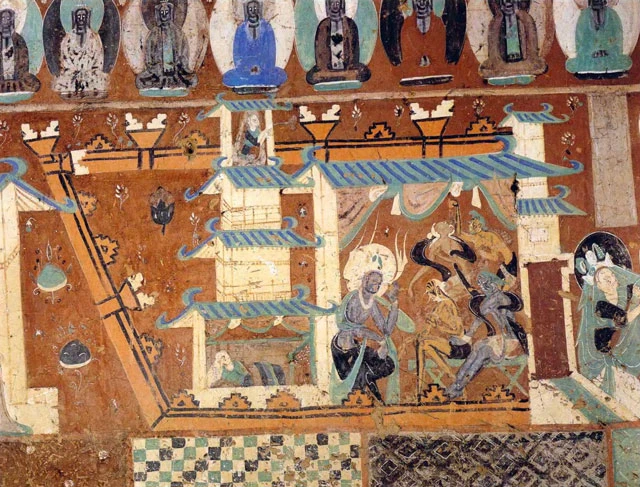

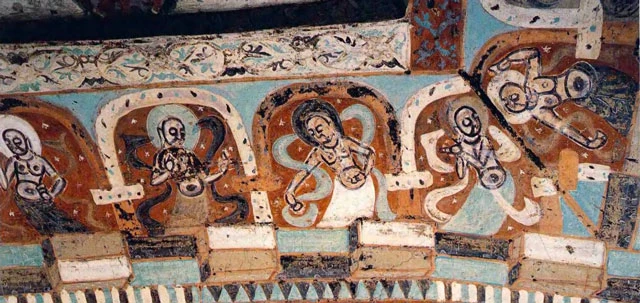
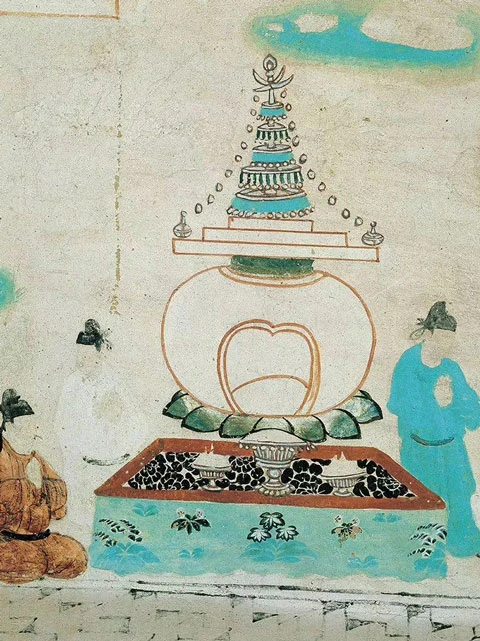
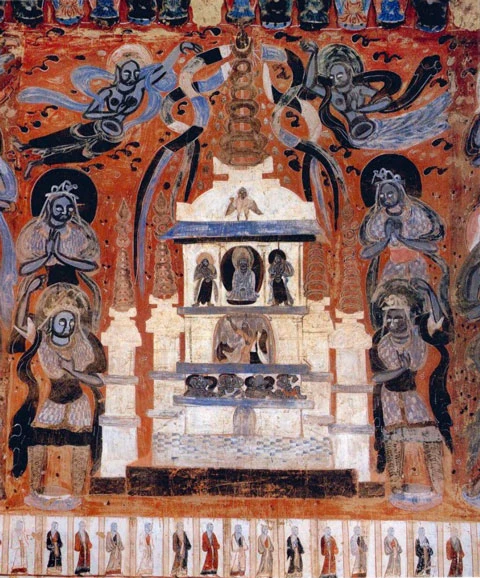
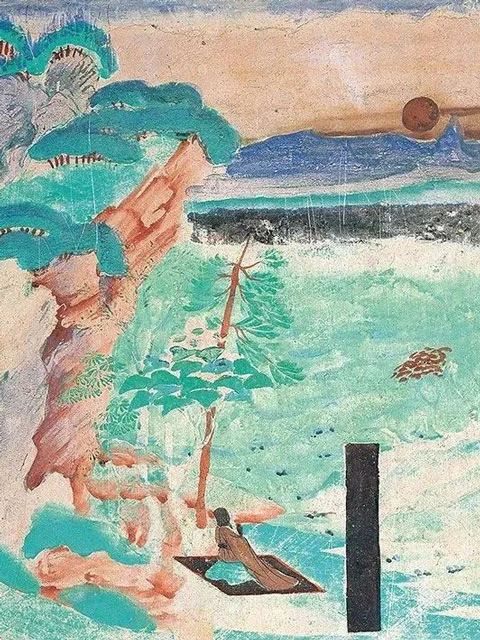

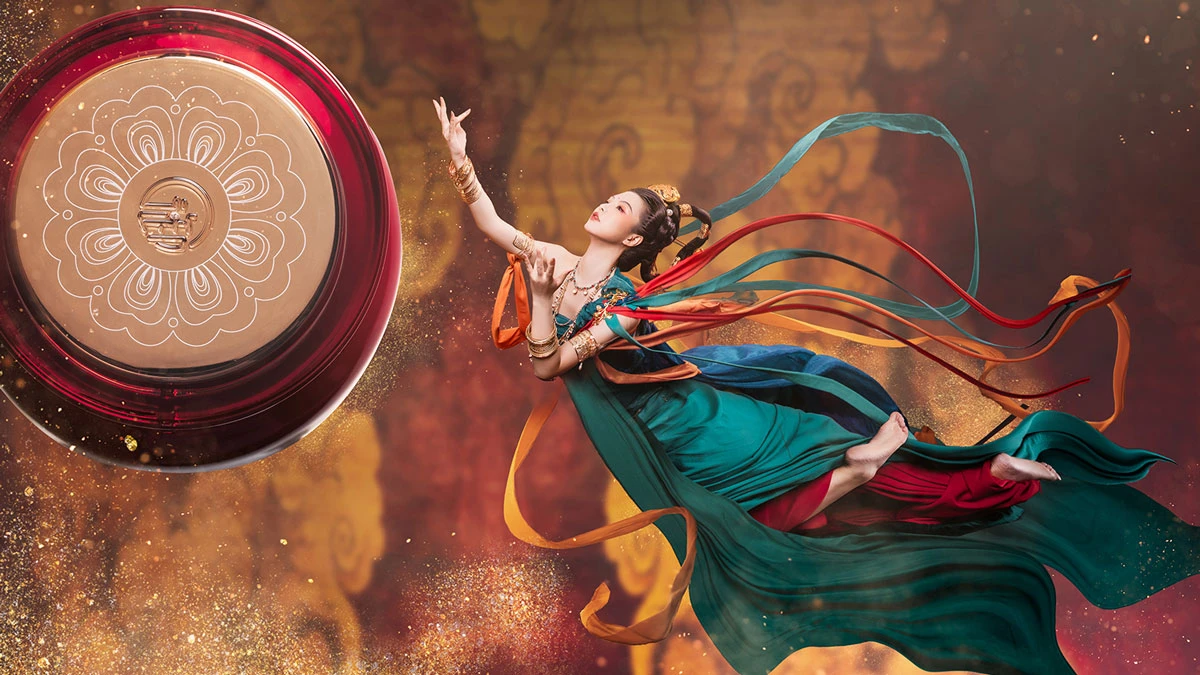
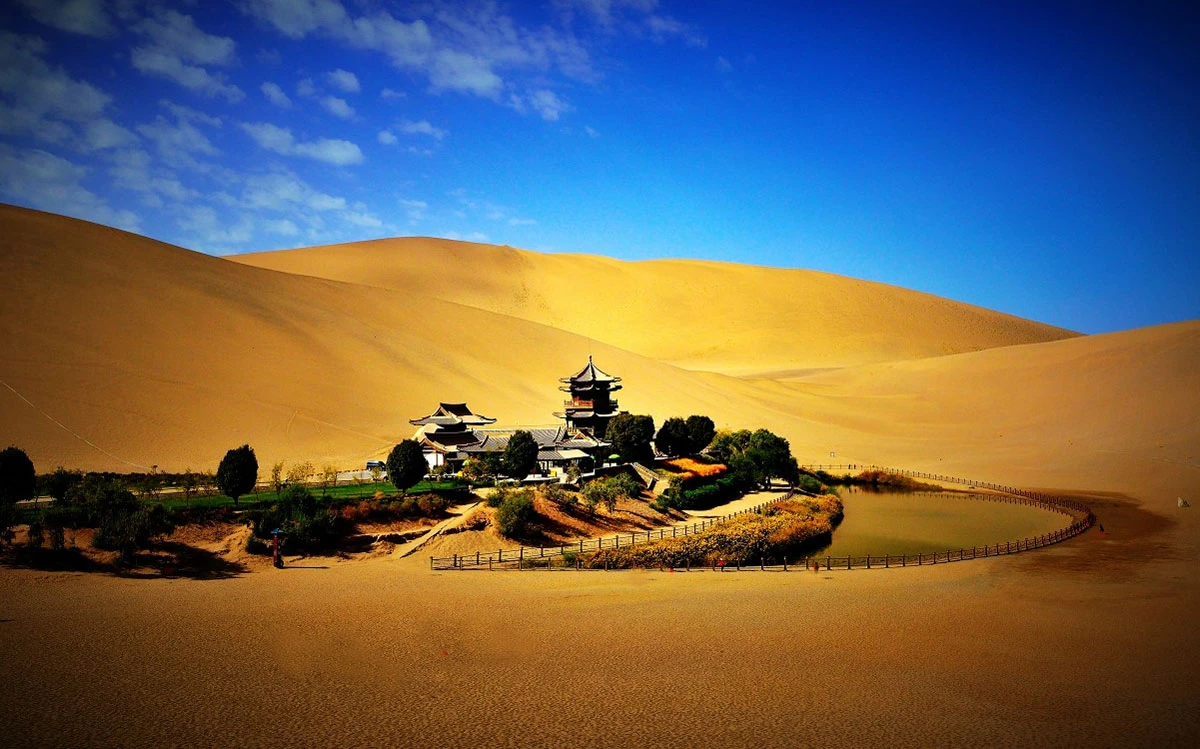

😍😍😍